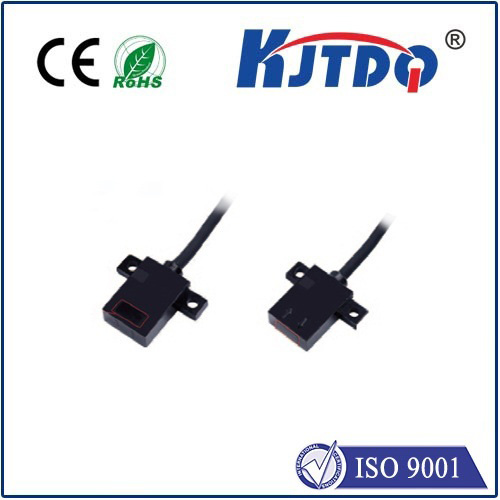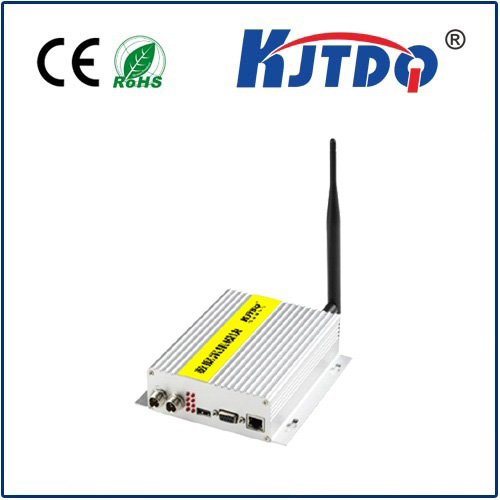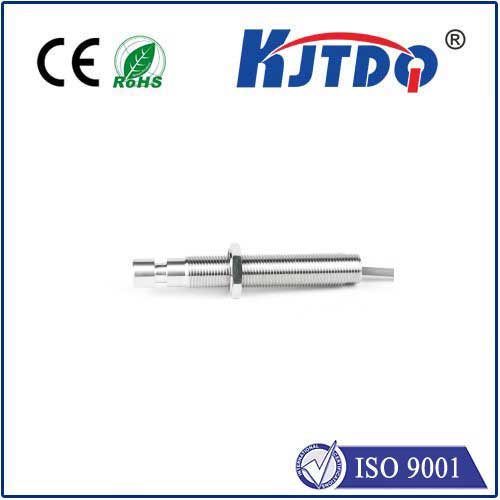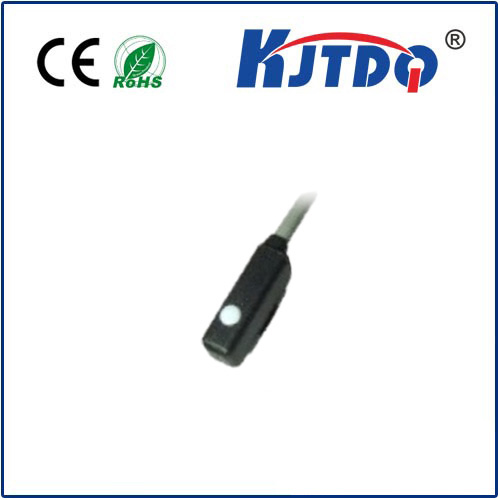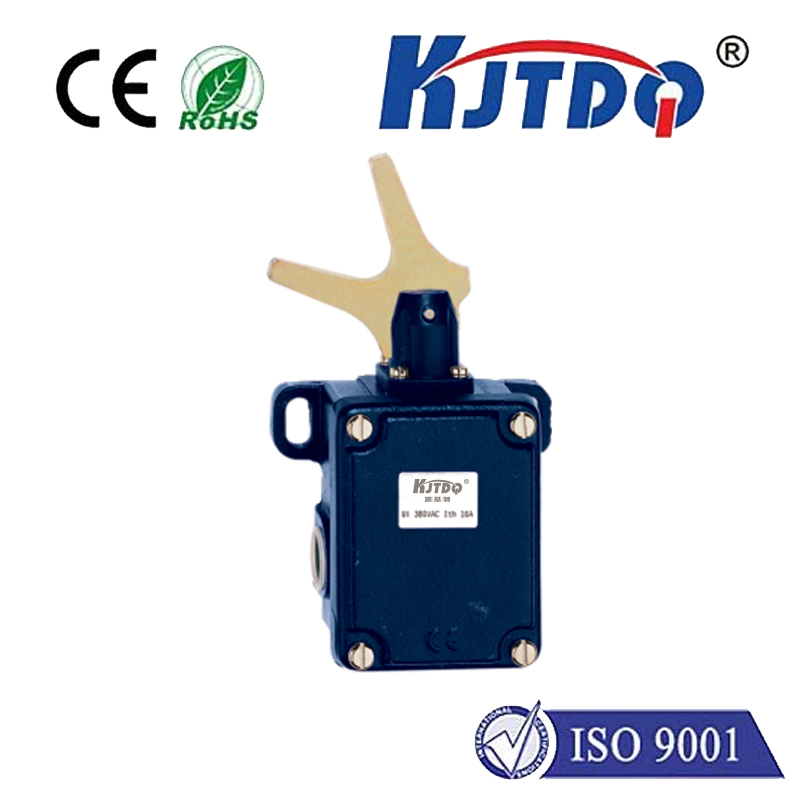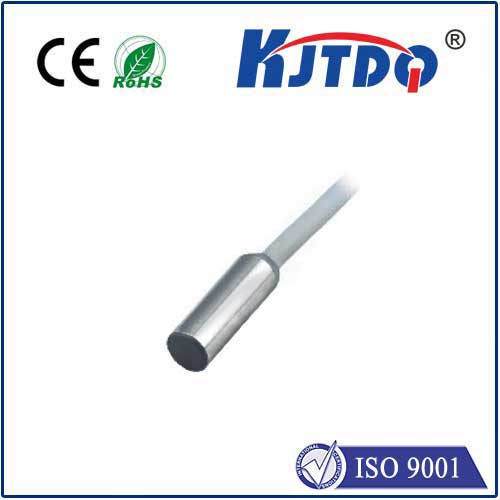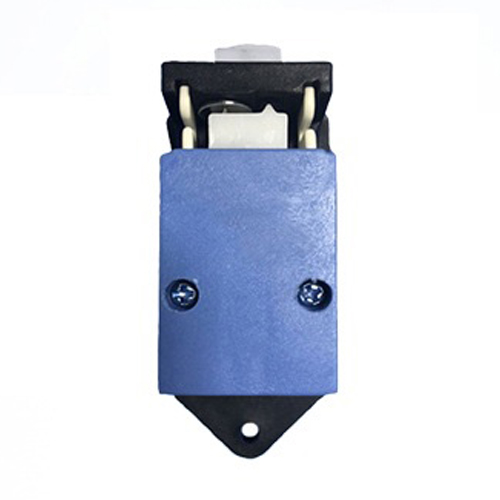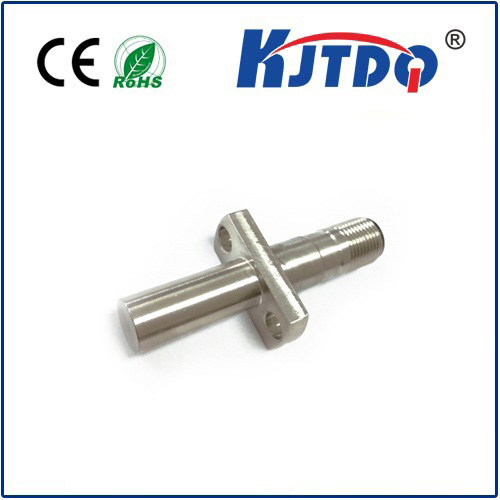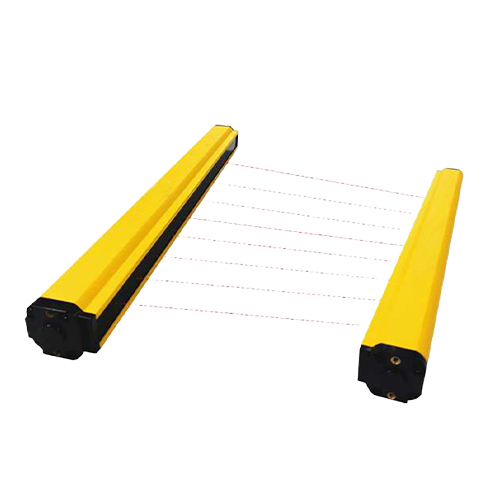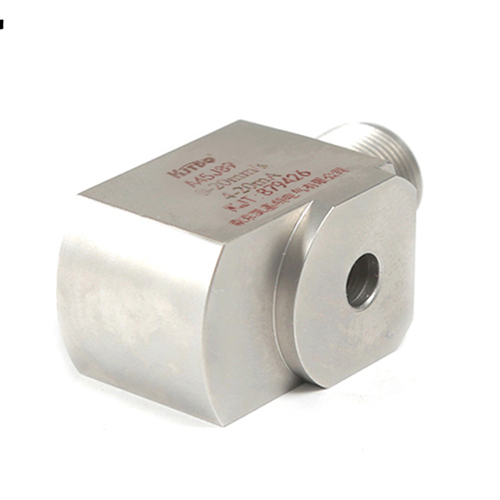E3ZM-CL86H analog photoelectric sensor
- time:2025-10-10 01:22:56
- Click:0
Precision in Analog: The E3ZM-CL86H Photoelectric Sensor for Industrial Applications
How do modern factories ensure consistent product spacing on high-speed conveyors? Or accurately gauge the fill level of liquids in translucent containers? The answer often lies in the nuanced capabilities of analog photoelectric sensors, specifically designed to deliver more than just a simple on/off signal. Among the leaders in this precision detection technology stands the Omron E3ZM-CL86H, a robust sensor engineered to provide continuous, reliable distance and position feedback in demanding industrial environments. Moving beyond simple presence detection, this sensor offers a level of detail crucial for sophisticated automation and quality control.
Beyond Binary: Understanding Analog Photoelectric Sensors
Unlike their digital counterparts that simply trigger when an object blocks or reflects light within a set range, analog photoelectric sensors like the E3ZM-CL86H provide a continuously variable output signal. This output (commonly voltage, e.g., 0-10V, or current, e.g., 4-20mA) changes proportionally based on the distance to the detected object or the intensity of the reflected light. This fundamental difference unlocks a vast potential for more intelligent automation:

- Precise Distance Measurement: Determine exact positions of objects.
- Thickness Detection: Measure variations in material thickness.
- Transparency Recognition: Differentiate between transparent, translucent, and opaque objects based on light transmission.
- Contrast Sensing: Detect subtle differences in surface color or reflectivity.
- Position Control: Provide feedback for precise actuator positioning.
Why the Omron E3ZM-CL86H Stands Out
The E3ZM-CL86H embodies a specific category within Omron’s extensive photoelectric sensor range, leveraging the through-beam principle. This requires a separate emitter unit and receiver unit positioned opposite each other. The emitter projects a light beam directly towards the receiver. When an object enters this beam path, it interrupts the light, causing a change in the receiver’s output. The E3ZM-CL86H excels in providing an analog representation of how much light is being interrupted, not just that it is interrupted. Here’s what makes it an industrial favorite:
- Compact & Rugged M30 Housing (CL86H Designation): The CL86H suffix signifies a robust, cylindrical housing with a standard M30 body size. This compact form factor allows for easy installation even in tight spaces common on machinery. More importantly, it boasts an impressive IP67 rating (NEMA 6 equivalent), offering exceptional protection against dust ingress and water jets. This ruggedness ensures reliable operation in harsh industrial settings like automotive plants, packaging lines, and material handling systems exposed to coolants, oils, and washdowns.
- High-Performance Analog Output: The core strength of the E3ZM-CL86H is its linear analog output. This provides a stable, high-resolution signal proportional to the amount of light received. This continuous signal offers far more nuanced information than a simple digital switch point. It allows systems to react not just to the presence of an object, but to its exact position within the sensor’s detection range or subtle changes in its properties.
- Optimized Through-Beam Performance: Designed specifically for through-beam applications, the E3ZM-CL86H leverages distinct emitter and receiver units, enabling longer sensing distances (often up to several meters or more, depending on emitter/receiver pairing and mounting environment) compared to diffuse-reflective types. This physical separation provides exceptional resistance to background interference, crucial for reliable detection in complex environments. The stable analog signal further enhances precision over the entire sensing span.
Key Applications Leveraging Analog Precision
The unique capabilities of the E3ZM-CL86H analog photoelectric sensor make it indispensable for numerous demanding tasks:
- Precision Positioning Feedback: Providing continuous position data for robotic arms, slides, and carriages, enabling high-accuracy placement and movement control far beyond simple limit switches.
- Fill Level Monitoring: Accurately detecting the level of liquids or granular materials inside tanks or containers, especially useful for non-contact sensing where float switches or conductivity probes are unsuitable. The analog signal can directly indicate fill percentage.
- Diameter & Thickness Gauging: Measuring the diameter of wires, cables, pipes, or the thickness of sheets (plastic, metal, glass) by the degree of light beam interruption. Variations in the analog output directly correlate to dimensional changes.
- Edge Guiding Control: Ensuring web materials (paper, film, textiles) run straight on processing lines by detecting the edge position and providing proportional correction signals to guiding systems.
- Object Height & Stack Counting: Differentiating objects based on height or counting stacked items by analyzing the varying levels of beam obstruction reflected in the analog signal.
- Transparent Object Detection: Reliably sensing the presence of clear glass bottles, plastic films, or vials – a significant challenge for many digital sensors – by detecting the subtle reduction in received light intensity.
Integrating the E3ZM-CL86H: Considerations for Success
Implementing an analog photoelectric sensor like the E3ZM-CL86H successfully requires attention to detail:
- Emitter/Receiver Alignment: Precise alignment of the separate emitter and receiver units is critical for optimal performance and a stable analog signal. Utilize alignment tools or brackets provided by Omron or third-party suppliers.
- Mounting Rigidity: Ensure both emitter and receiver are mounted securely to prevent vibration or shock from causing misalignment and signal drift.
- Environmental Factors: While resistant to dust and water, consider extreme temperature variations, heavy condensation, airborne oils/mists, or intense ambient light. Select appropriate accessories like sunshades or protective housings if needed. The IP67 rating is a baseline; assess specific environmental rigors.
- Signal Conditioning & Interpretation: The analog output (voltage or current) needs to be connected to a compatible input on a PLC or controller. Ensure the controller understands the scaling (e.g., 0V = no object, 10V = object fully blocking at max range, or vice-versa) and has the resolution and sampling rate required for the application. Some filtering might be needed to smooth out noise.
- Power Supply: Provide a clean, stable DC power supply within the specified voltage range (typically 12-24V DC) to both the emitter and receiver units for reliable operation.
The Omron E3ZM-CL86H analog photoelectric sensor represents a significant step beyond basic presence detection. Its robust M30 IP67 housing, precision analog output, and optimized through-beam design make it a powerful tool for engineers seeking continuous measurement and feedback in demanding industrial automation. By delivering a proportional signal related to object position, size, transparency, or contrast, it enables sophisticated control, precise measurement, and enhanced quality assurance processes that digital sensors simply cannot achieve. For applications demanding more than just an “on” or “off” signal, the nuanced perception of the E3ZM-CL86H provides a critical advantage.












